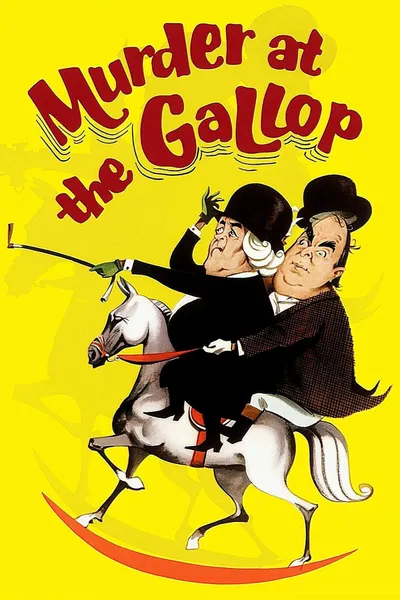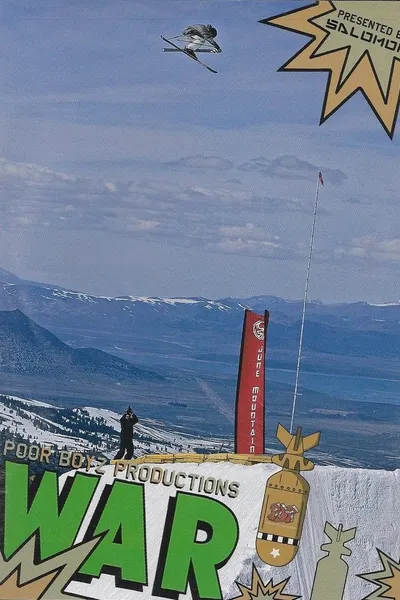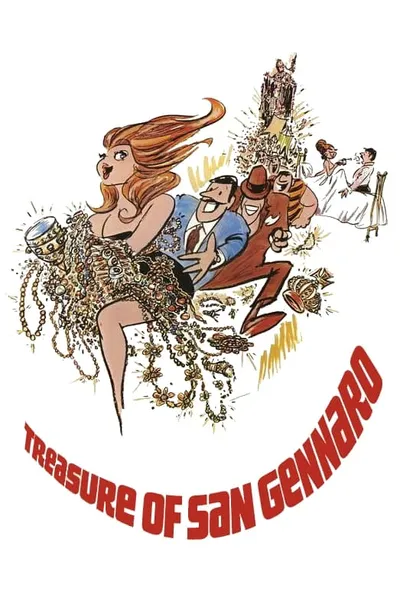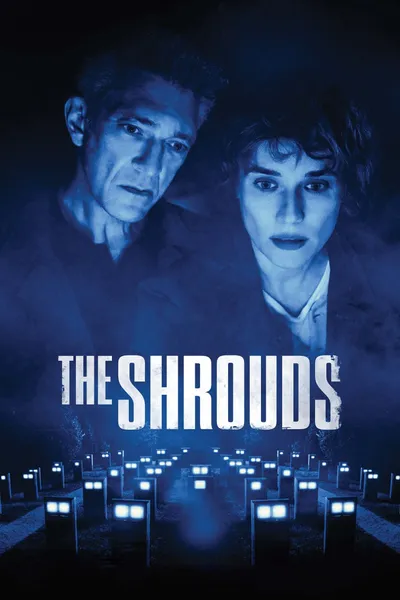Reviews

CinemaSerf
January 6, 20257.0
The Shell Film Unit have once again descended upon the world famous Farnborough Air Show to bring us twenty-five minutes of coverage from an event that showcases the latest innovations from both the (at the time) world-leading British aviation industry as well as from around the globe. We start with the Hawker Siddeley "Hunter" fighter jet effortlessly taking to the skies then we see it POV from another airborne aircraft accompanied by some rather insipid cocktail-lounge music, which I could have done without. It's a bright sunny day as Neville Duke in that same plane buzzes the airfield at over 700 mph whilst demonstrating it's aerodynamics to an enthusiastic crowd. Next, it's the Vickers Supermarine "Swift" - a successor of the "Spitfire" only faster and more manoeuvrable. Then there's a Vickers "Valiant" jet bomber; a Fairey "Gannet" overflies with it's retractable anti-submarine radar gear and the Armstrong-Siddeley Double-Mamba turbo prop ends the first segment before we see the ground crew caring for their charges. Then we see the prototype Vickers Supermarine 508 naval fighter complete with butterfly tail and folding wings. Then the Shortt SA-4 jet bomber which has it's engines curiously placed one above the other on each side of the fuselage. The De Havilland 110 all weather fighter comes up next powered by 2 Rolls Royce Avon engines, is heavily armed and provides us with quite a loud sonic boom. Along comes the Gloucester "Javelin" delta-wing engine with it's 52-ft wingspan that can take off pretty quickly and there's some good, tight, aerial photography of this aircraft as it flies. Next, the AVRO 707B is another delta-wing aircraft designed for low speeds whilst the 707A for speedier flying. Then the fastest delta-wing bomber to date, the AVRO 698 which looks like a giant sting ray and is escorted by the two, much tinier, 707s to give us some context as to it's size and power. It has dive brakes too, so can dawdle if needs be - which is as well because the annoying music is back, but there are some lovely images as it gracefully glides the skies. Now we move onto the helicopters and start with the twin-motored 13-people mover: the Bristol 173. Then it's sister the "Sycamore"; the Westland "Dragonfly" and the the Saunders-Roe "Skeeter" all give us brief demonstrations of their airborne niftiness. There's a Saunders-Roe "Princess" liner/transport plan with a base on the fuselage that looks to me like a sea plane with six propeller engines and it makes quite a racket. Now we move onto the more familiar sight of a De Havilland "Comet 1" in it's BOAC livery; this one using "Sprite" rocket motors to help get it off the ground. Then a Vickers "Viscount" turbo-prop liner that can carry 50-odd folks; the Bristol "Britannia" uses gas-turbines to get airborne and carry out high capacity (up to 114 passengers) long haul journeys. You don't need to be a aircraft boffin to enjoy this, it's quite fascinating to watch how these great flying tubes ever get airborne in the first place let alone loop the loop and spin around. Yes, the faux-jazz ought to have been left on the cutting room floor and the production itself is a little processional, but the narration is informative and the film does exactly what it says on the tin.
Recommendation Movies
The Way Back2019
GO2001
In a Violent Nature2024
Murder at the Gallop1963
12.12: The Day2023
Last Summer2023
L.A. Story1991
Chief of Station2024
Lee2024
Marty1955
All in Favor2025
123 Hugs2022
War2005
Your Monster2024
Bangkok Breaking: Heaven and Hell2024
Days of Being Wild1990
Only the River Flows2023
The Treasure of San Gennaro1966
Widow Clicquot2024
The Shrouds2025
© 2025 MoovieTime. All rights reserved.Made with Nuxt



















